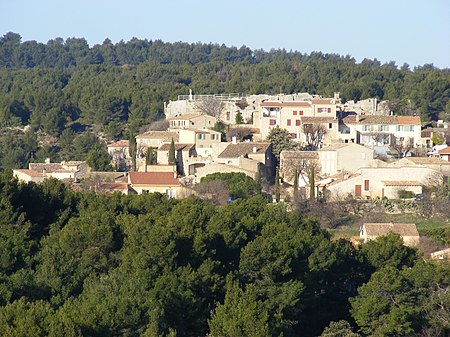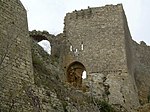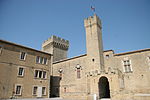Aurons
Communes of Bouches-du-RhôneIncomplete lists from April 2021Pages including recorded pronunciationsPages with French IPA

Aurons (French pronunciation: [oʁɔ̃] ) is a commune in the Bouches-du-Rhône department in the Provence-Alpes-Côte d'Azur region of southern France. The commune has been awarded one flower by the National Council of Towns and Villages in Bloom in the Competition of cities and villages in Bloom.
Excerpt from the Wikipedia article Aurons (License: CC BY-SA 3.0, Authors, Images).Aurons
Avenue de la Transhumance, Aix-en-Provence
Geographical coordinates (GPS) Address Nearby Places Show on map
Geographical coordinates (GPS)
| Latitude | Longitude |
|---|---|
| N 43.6658 ° | E 5.1583 ° |
Address
Avenue de la Transhumance
Avenue de la Transhumance
13121 Aix-en-Provence
Provence-Alpes-Côte d'Azur, France
Open on Google Maps









